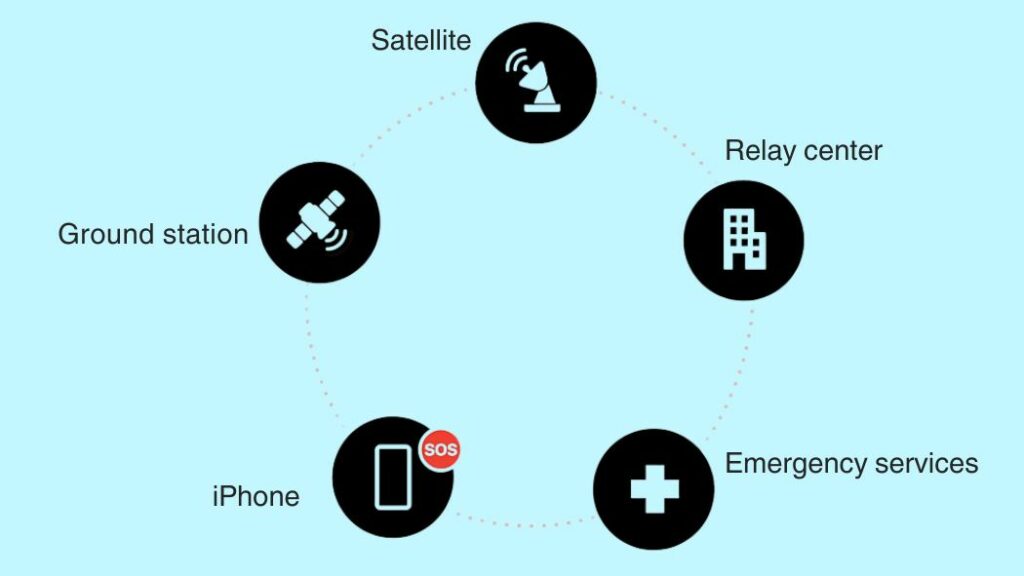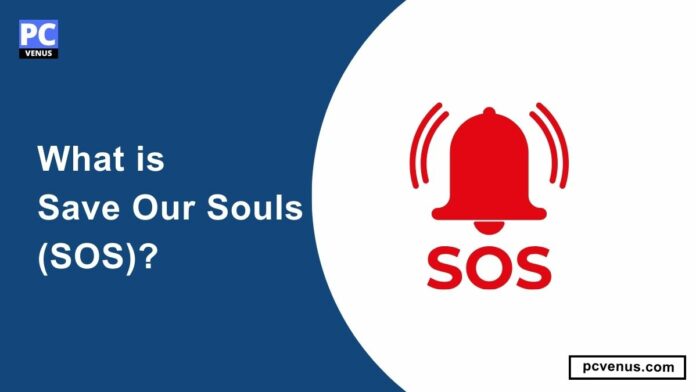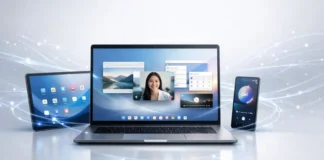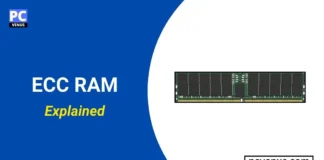SOS is a distress signal used to call for help, especially by ships in trouble. It is a signal of distress that everyone knows and is sent in Morse code as “……..”. Some people think that SOS means “Save Our Souls,” but it does not stand for anything. It is a signal that shows the need for help right away.
Important: The SOS signals should only be used in emergencies when immediate assistance is required. False alarms can divert resources from genuine emergencies and put lives at risk. It is crucial to understand and follow proper protocols and regulations when using SOS signals.
The Origin of SOS

The origin of the distress signal SOS can be traced back to the early 20th century. It was first introduced as a standardized international distress signal during the 1906 Radio Telegraph Conference in Berlin.
The purpose of adopting a universal distress signal was to ensure effective communication and coordination during maritime emergencies.
They chose the signal SOS, with its distinctive pattern of three short signals, three long signals, and three short signals again, because anyone could easily recognize and understand it regardless of language barriers. Since then, SOS has become synonymous with calling for help in emergency situations, particularly in maritime contexts.
How does SOS work

The signal can be transmitted using various means, depending on the available resources and the situation.
Light signals
You can use a flashlight or any other light to make SOS signals in Morse code. Morse code is a way to use dots and dashes to spell words. SOS is three dots, three dashes, and three dots. You can flash the light to make the dots and dashes.
Sound signals
If you can’t see anyone or if sound can go farther, you can use sound to make SOS signals. You can yell or use a whistle to make three short sounds, three long sounds, and three short sounds again.
Radio signals
If you have a radio, you can use it to send SOS signals. You can press the microphone or make three short beeps, three long beeps, and three short beeps again.
Device signals
Some devices, like beacons or EPIRBs, have a button that says SOS. If you press it, the device will send a message to the people who can help you. The message will also tell them where you are.
Advantages of SOS
- It can save your life or someone else’s life by getting help quickly and easily.
- It can work in different ways, such as using light, sound, radio, or devices to send SOS signals.
- Anyone can know and understand SOS, no matter what language they speak.
- It can be used in various situations, such as on a ship, in a plane, outside, or on a phone.
- It can give you peace of mind and comfort, knowing that you have a way to call for help if you need it.
The Morse Code Connection
SOS as a Distress Signal
Contrary to popular belief, SOS does not stand for any specific words. Instead, it was chosen as a distinctive and easily recognizable signal in Morse code. Comprising three short signals, three long signals, and three short signals again (· · · – – – · · ·), SOS is a clear and concise way to indicate an emergency.
The Titanic Connection
The widespread adoption of SOS as a distress signal gained prominence due to its use during the tragic sinking of the Titanic in 1912. While not the first time SOS was used, the high-profile disaster brought it into the public consciousness.
Also Read:
- What is Ethical Hacking? Everything you need to know
- Best Laptops for Cyber Security
- What is a VPN? Everything You Need To Know
Practical Applications of SOS
1. Maritime emergencies

SOS is primarily used by ships in distress to signal for immediate assistance. When a vessel encounters a life-threatening situation such as sinking, fire, or collision, they can transmit the SOS signal to indicate the need for rescue.
2. Outdoor adventures and survival situations
In outdoor activities such as hiking, camping, or boating, carrying a signal mirror, whistle, or flashlight can help in case of emergencies. Using the SOS signal can attract attention and increase the chances of being rescued.
3. Aviation emergencies
In aviation, pilots can use the SOS signal in dire situations to indicate that their aircraft is in distress and requires immediate assistance. This can be transmitted through radio communication or visual signals.
4. Mobile devices and technology

In modern times, SOS functionality is often incorporated into mobile phones and other electronic devices. This feature allows users to quickly send a distress signal, often accompanied by location information, to emergency services or designated contacts.
5. Emergency beacons and distress signals
Devices such as emergency beacons, distress flares, and EPIRBs (Emergency Position-Indicating Radio Beacons) often include the SOS signal as part of their signaling capabilities. These devices are commonly used in boating, mountaineering, and other outdoor activities to alert rescuers of an emergency.
Advancements in SOS
1. Immediate Assistance
- Quick response time: SOS provides immediate assistance in emergency situations.
- 24/7 availability: SOS is accessible round the clock, ensuring help is available at any time.
- Rapid mobilization of resources: SOS efficiently mobilizes necessary resources to address emergencies promptly.
2. Professional Support
- Trained personnel: SOS employs highly trained professionals with expertise in emergency response.
- Medical expertise: SOS provides medical assistance and support in critical situations.
- Emotional support: SOS offers psychological support to individuals dealing with traumatic events.
3. Coordination and Communication
- Efficient coordination: SOS ensures effective coordination between different emergency response units.
- Clear communication channels: SOS establishes clear communication channels to facilitate prompt assistance.
- Multi-language support: SOS caters to diverse communities by providing assistance in multiple languages.
4. Global Reach
- Wide coverage: SOS operates globally, providing support in various regions and countries.
- Local knowledge: SOS utilizes local knowledge and expertise to enhance emergency response effectiveness.
- Cross-border assistance: SOS extends its services across borders, aiding travelers and expatriates in unfamiliar territories.
5. Technology Integration
- Advanced technology: SOS leverages cutting-edge technology for efficient emergency response.
- GPS tracking: SOS utilizes GPS tracking to locate individuals in need of assistance.
- Mobile applications: SOS offers user-friendly mobile applications for quick access to emergency services.
You Might Also Like
Final Word
The SOS signal is a universally recognized distress call used in times of emergency. It was initially used to describe maritime distress. Now it is being used in mobile phones and tablets. Whichever device has this, there is some shortcut button in that device which activates SOS. In case of emergency, it directly connects to the satellite and calls the help center or sends a message. It communicates urgency and the need for immediate assistance whether transmitted by Morse code (· · · – · · · ·)) or other means.
Whenever you receive a sauce signal, react quickly because it can save someone’s life.
FAQs
Is SOS still used primarily in maritime emergencies?
While its origin is rooted in maritime communication, SOS has become a universal distress signal used in various emergencies, including aviation and digital communication.
Can I use SOS on my mobile phone in case of an emergency?
All the mobile phones allow users to activate an SOS feature, sending distress signals and notifying emergency contacts. I have added the contact numbers of two friends to the emergency contact list and have also permitted them to see my location. That’s why by clicking the lock button 3 times the mobile feature automatically sends a call with location.
Why was SOS chosen as a distress signal in Morse code?
SOS was chosen for its simplicity and distinctiveness in Morse code. Its use became more widespread, especially after the Titanic disaster, solidifying its status as a global distress signal.
Are there international standards for using SOS in emergencies?
The global community widely recognizes and understands the use of SOS as a distress signal, even though there are no formal international standards. This makes it a de facto standard in emergency communication.
Can SOS be used in non-life-threatening situations?
Life-threatening emergencies are traditionally associated with the use of SOS, but it has expanded to include various urgent situations where people need prompt assistance.




